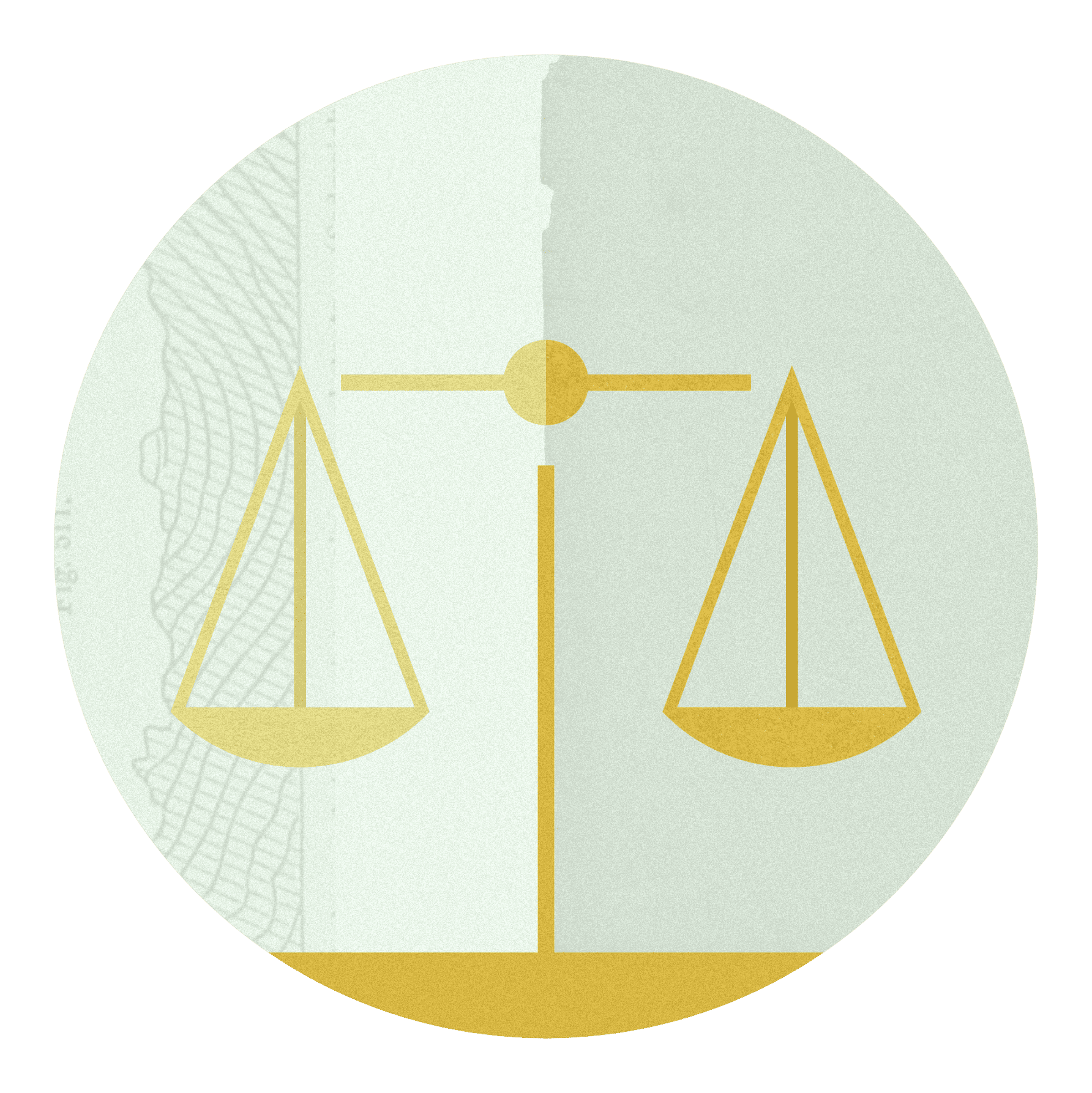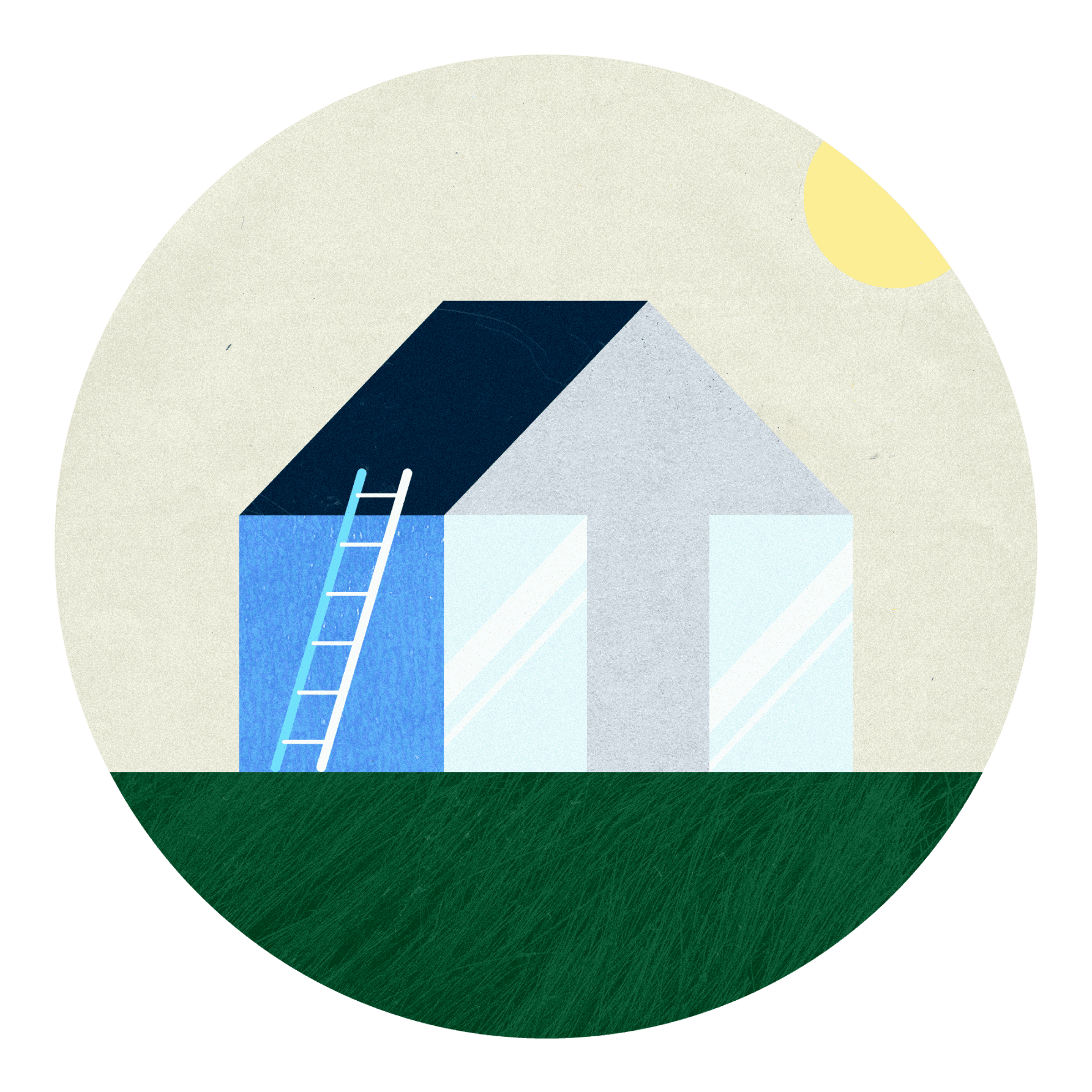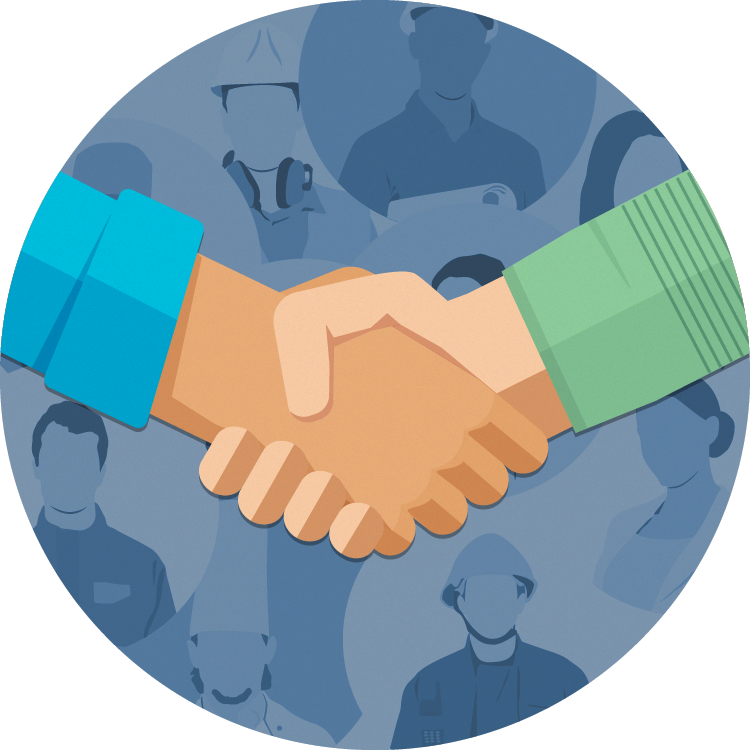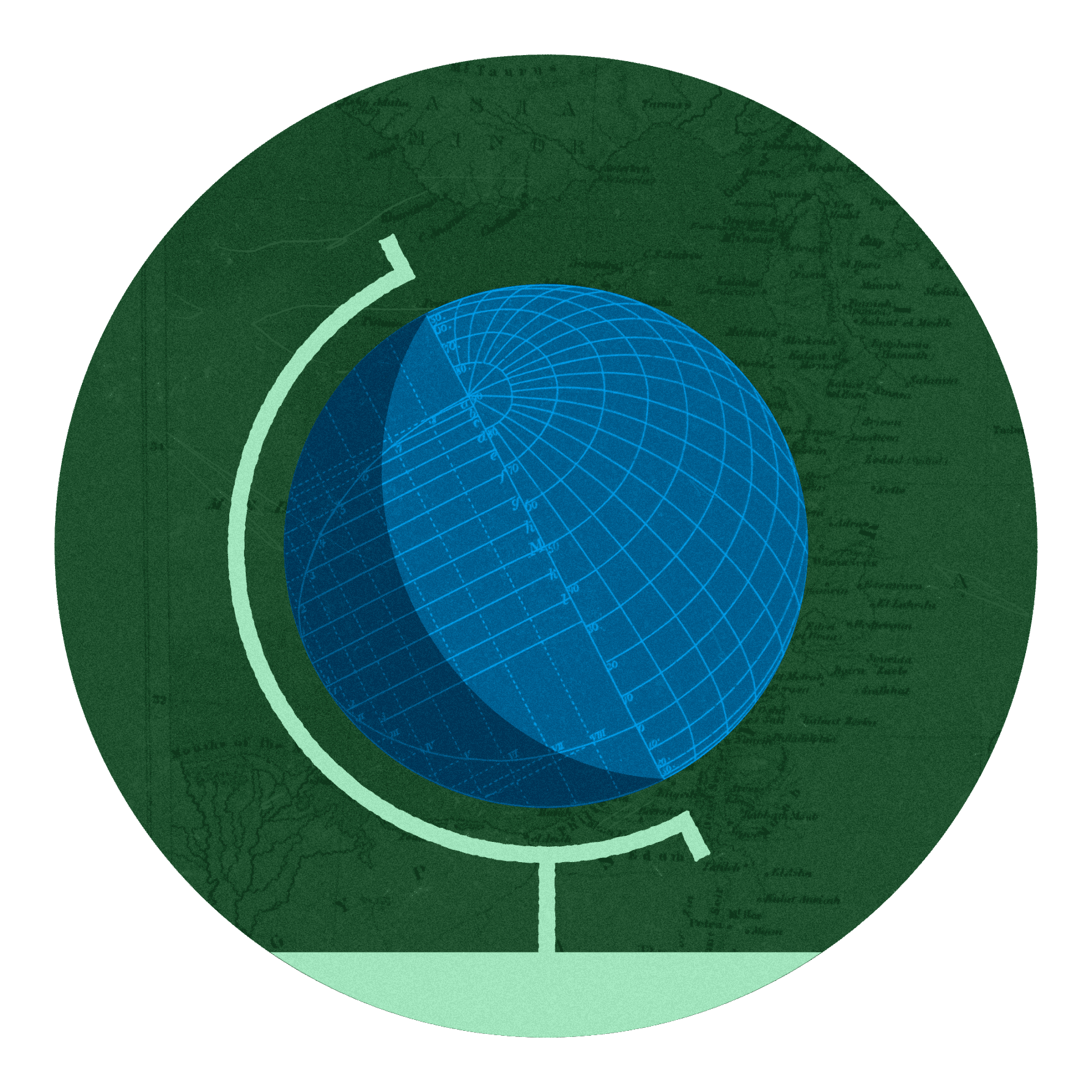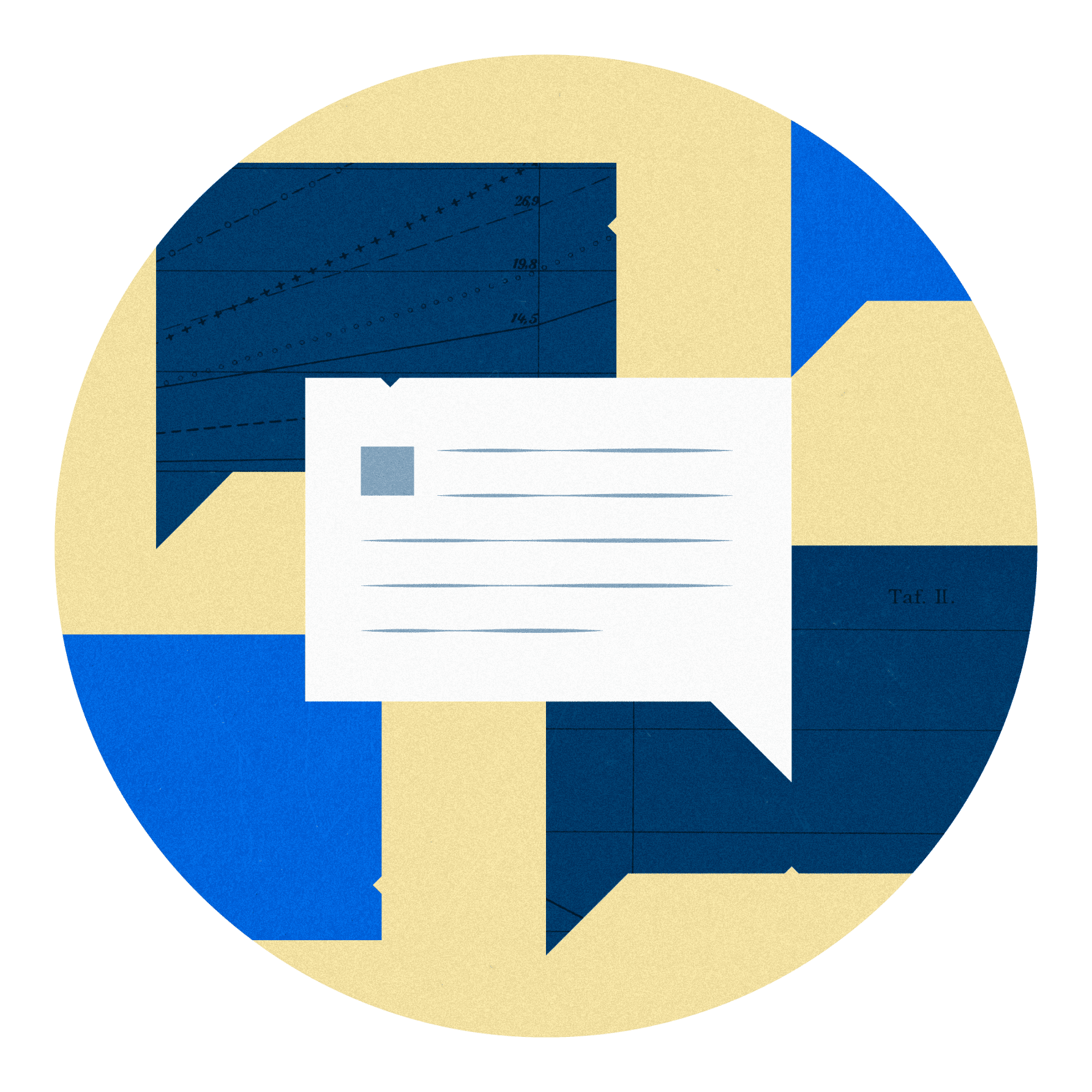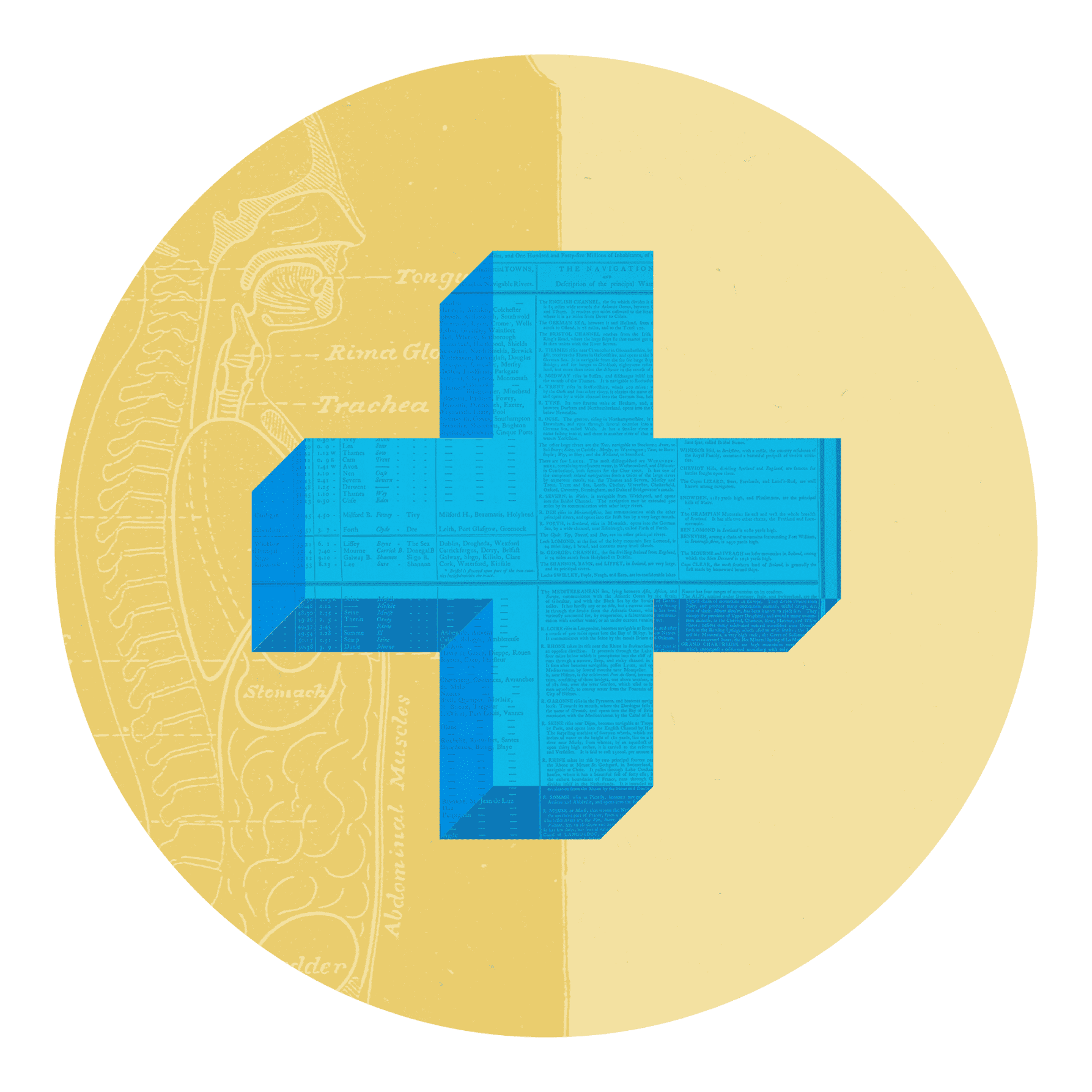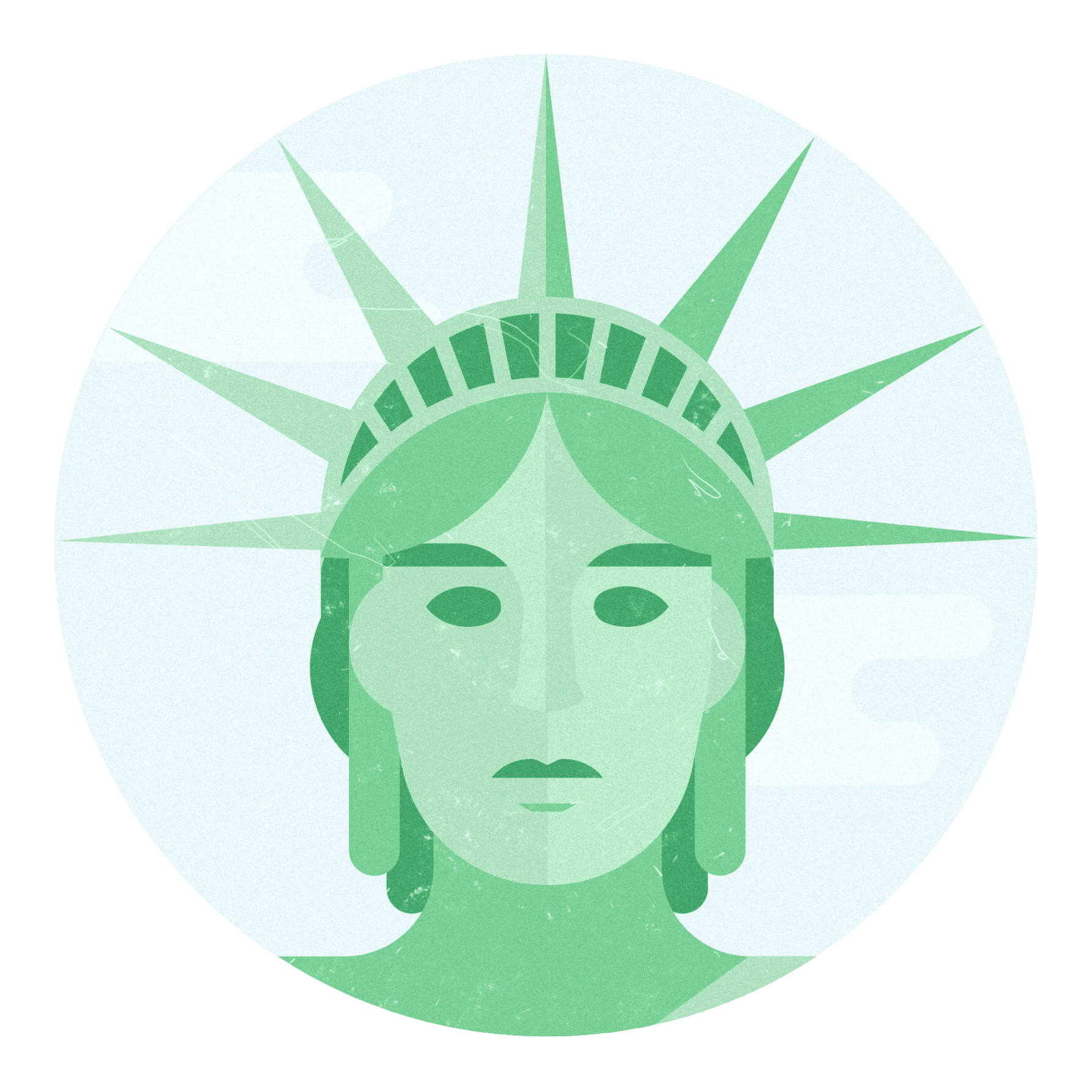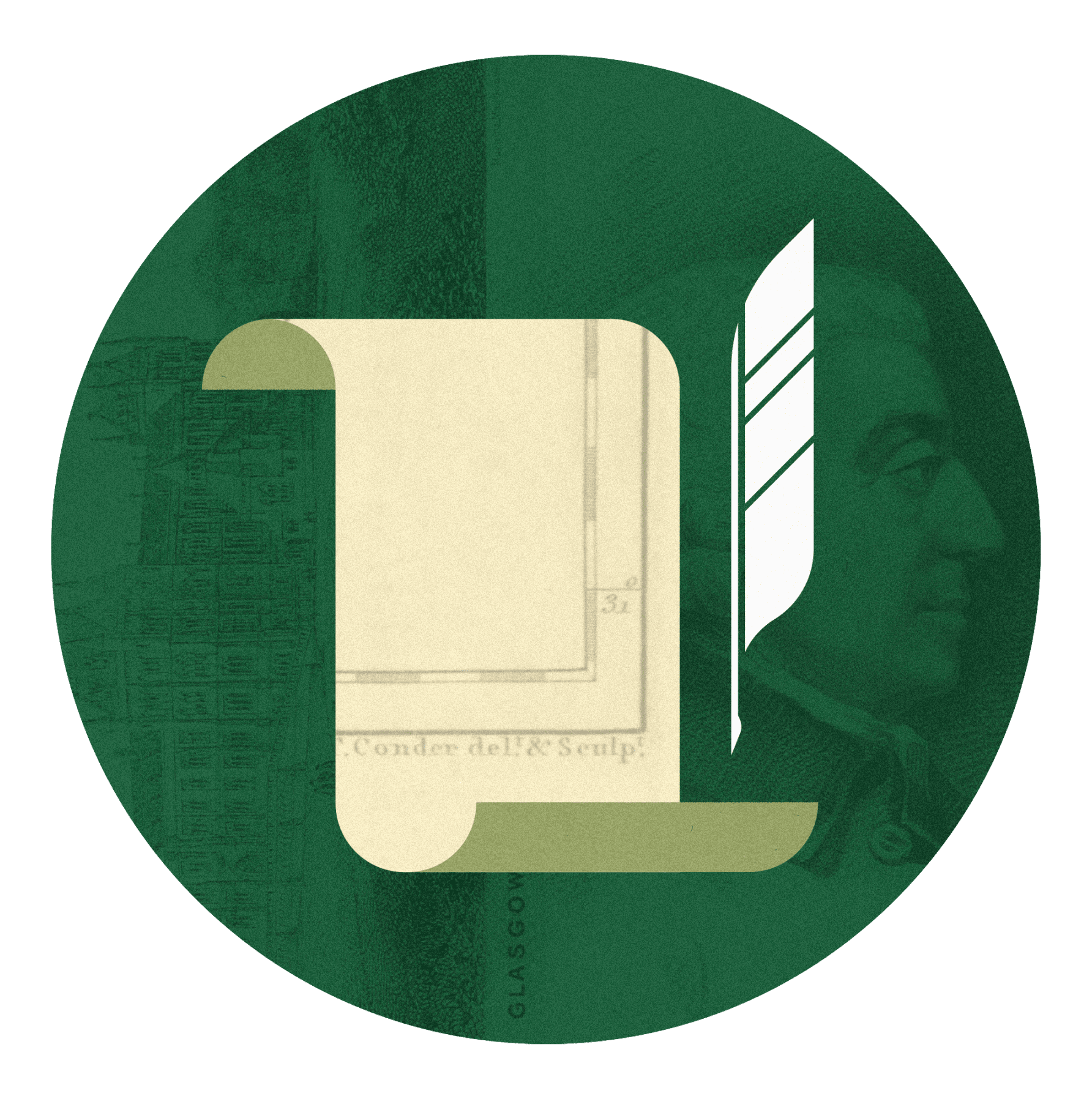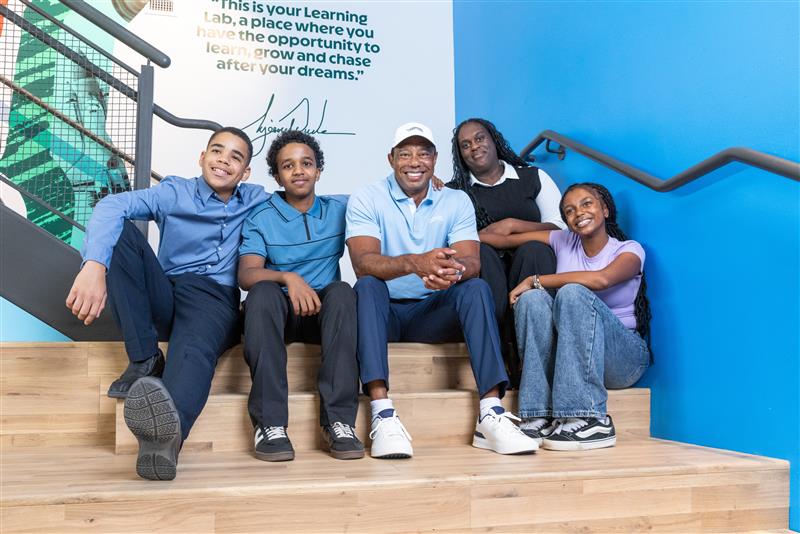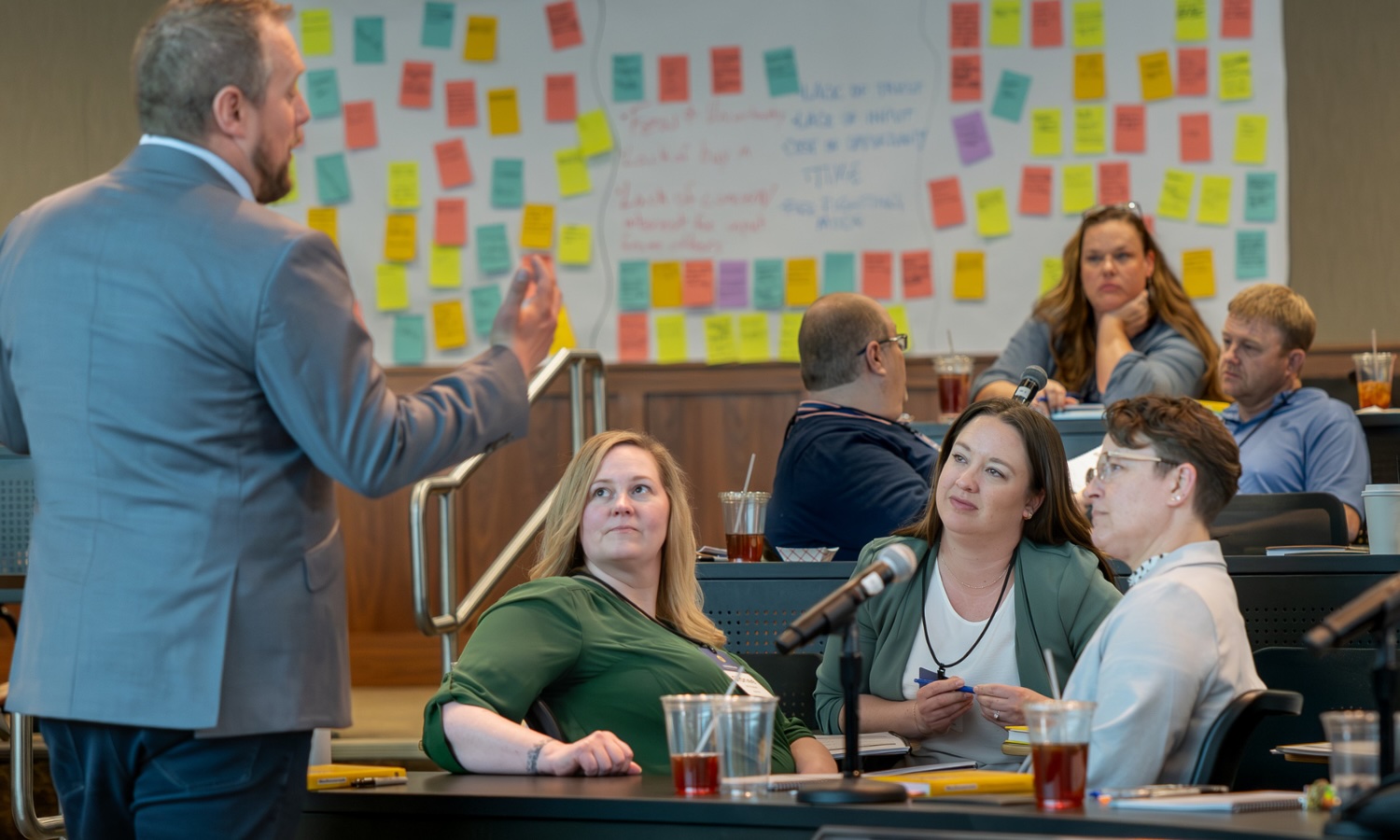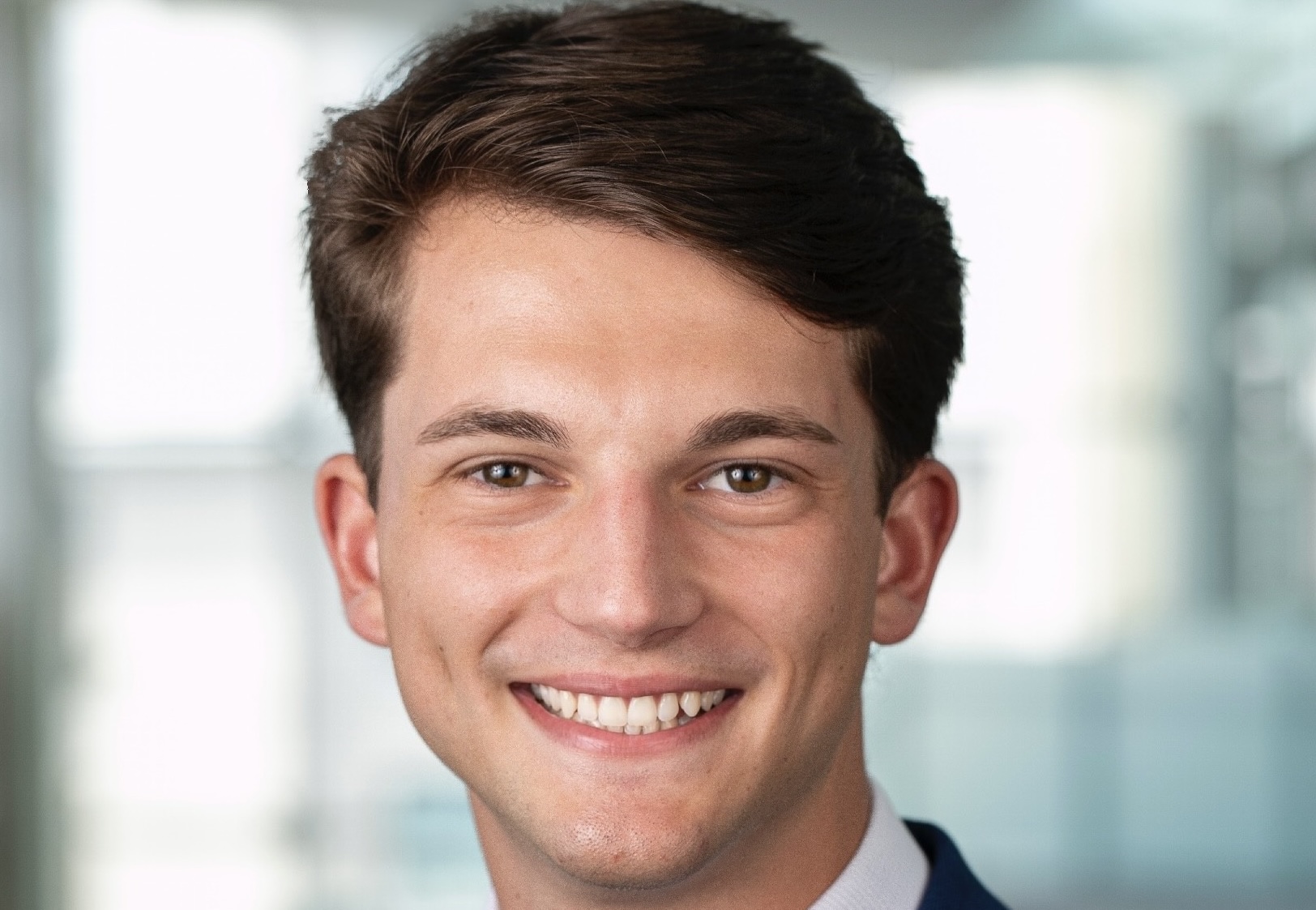For generations, young Americans have been told that the only route to success is through the four-year college system. And for generations, this message has been incomplete. There are numerous pathways that can lead to a life of fulfillment and contribution — elementary, middle, and high school students just need to understand what those routes are. TGR Foundation brings these options to life and helps students plot a path toward a brighter future defined by their unique passions and aptitudes.
TGR Foundation, established in 1996 by Tiger Woods, envisions a world where opportunity is universal and potential is limitless. In the coming years, TGR Foundation will work with the SkillUp Coalition and Make It Movement to inspire a movement that makes it easier for young people in southern California and beyond to discover their passions and prepare a plan for their future through non-degree pathways. In addition to shifting the cultural narrative around postsecondary education, together the organizations aim to increase awareness of diverse career pathways through targeted media campaigns that reach at least one million southern California residents in the first year. The partnership also seeks to enroll 10 percent of residents aged 16-24 in career-connected learning experiences, including short-term, skill-based programs.
TGR Foundation has a long-established presence in southern California. We talked to CEO Cyndi Court about how the organization has set the foundation for change in the Golden State.
This interview was edited for length and clarity.
CKF: TGR Foundation launched its first TGR Learning Lab in Anaheim about 20 years ago. How does the Learning Lab inform students about the many career options out there?
Court: We work primarily with students in under-resourced communities. Our goal is to get these kids engaged so that they understand their options. Then we help them create an actionable plan for their future.
I know from experience how important this is since I was the first in my family to finish high school.You can’t be what you cannot see. I had great mentors who helped me discover and develop what I was good at. That experience formed my belief that we need to start talking to kids about careers much earlier. Too often, we start this discussion in senior year of high school. But if you want to be an engineer, you need to know that eighth grade math is critical. So, starting in fifth grade, we use a tool called Find Your Grind that helps students find their passions and what they’re good at. Then we connect those aptitudes to potential careers.
More recently, we rolled out our teen career readiness strategy, which focuses on high school students. It has three pillars: learning about work, learning through work, and learning at work. The first pillar may be going to a career fair, but we also have our employer partners come talk to students about all the jobs that exist in their organizations. They’re hearing from real people in these jobs. What does it feel like? What was your career journey like? What do you love about what you do? Next, we ask those industry partners to give us a challenge they’re trying to solve, and the students go back to the Learning Lab and try to solve it over six weeks. That’s pillar two. Pillar three is a pre-apprenticeship program we piloted this summer where students work with our employer partners.
CKF: One of your partners is the Providence Health System. What does that entail?
Court: Providence, the largest healthcare organization on the West Coast, wanted to understand how to excite and prepare students for careers in the field. When kids think about the industry, they think of doctors and nurses. But Providence needs cybersecurity experts, marketing teams — they have a whole host of jobs in their ecosystem.
Our partnership, Empowered Health, exposes students to these jobs and offers mentorship from professionals, internships that provide real-life experience, and community health worker programs for students that prepare them to work in public health, healthcare, and social services. And in 2027, we’ll open our third TGR Learning Lab at Lulu’s Place, a new campus in Los Angeles that will include a clinic where our students can get hands on experience while serving the people in their community. By working with us, Providence is cultivating future employees from under-resourced communities. But they’re just one of our many partners. We’re welcoming new ones all the time. Right now, we’re getting ready to work with Comcast.
CKF: You mentioned your own story — having mentors who guided you. How do those experiences inform the foundation’s approach?
Court: It influences our focus on durable skills, which is “how do we teach kids to be resilient?” How do we teach them it’s okay to fail, that it’s okay to try something even if you find out you don’t like it? Many students from under-resourced communities are afraid of losing a scholarship or a job. That makes them less willing to try things. I had mentors who built confidence. They built my ability to say, “I could do that” so when opportunities did come along that were brand new to me, I had the confidence to try. That’s what the TGR Foundation is doing: giving our young people a safe space to try a lot of things so they can find their passion.
CKF: Over the long term, what are the benefits of helping young people find their own unique path toward a career?
Court: For the individual, it’s happiness — and I don’t mean superficial happiness, but finding a purpose. If somebody has a passion and they can turn it into a purpose, they will be happier, more fulfilled. And fulfilled people make great employees and better community leaders. They work harder, retain better, are better team players, and they’re more confident.
CKF: You want to expand your model to other cities. Tell us about those plans.
Court: Well, first we want to make sure that we are scaling with excellence and sustainability. We’ve been in Anaheim since 2006 and recently we opened a TGR Learning Lab in west Philadelphia. Now we’re coming back and opening at Lulu’s Place in Los Angeles. Then our plans are to go south and open in Augusta, Ga. in 2028. We also have another big partnership we’re hoping to announce soon in another large southern city. More to come on that!
CKF: Let’s turn to your project with SkillUp and Make It Movement. Why start in southern California?
Court: It’s where we saw the greatest need. There are so many schools where kids aren’t exposed to all the careers Los Angeles has to offer. We also already have a good working relationship with L.A. Unified School District. All those schools are opportunities for us to partner with and provide more robust programming to thousands of additional students. Los Angeles is also a place that captures the imagination. There are so many great opportunities here and companies to partner with in sports, entertainment, healthcare, technology/aerospace, and more.
CKF: Why should employers be interested in your partnership with SkillUp and the Make It Movement, and in the foundation’s work more generally?
Court: Employers are beginning to understand that they need to get students interested at a younger age. What we’re hearing is that companies know the benefit may not be immediate, but talent gaps aren’t going way. They know they must help educate young people. They’re also starting to understand the potential of hiring people from under-resourced communities.
Employers also respond to Tiger’s message. The foundation wasn’t built to create great golfers, but to create great humans. Tiger tells students that to become great at anything, you must work hard. But he also tells them there’s greatness inside everyone. What we do is help kids find what’s already inside them and cultivate it with hard work, discipline, and opportunity.
